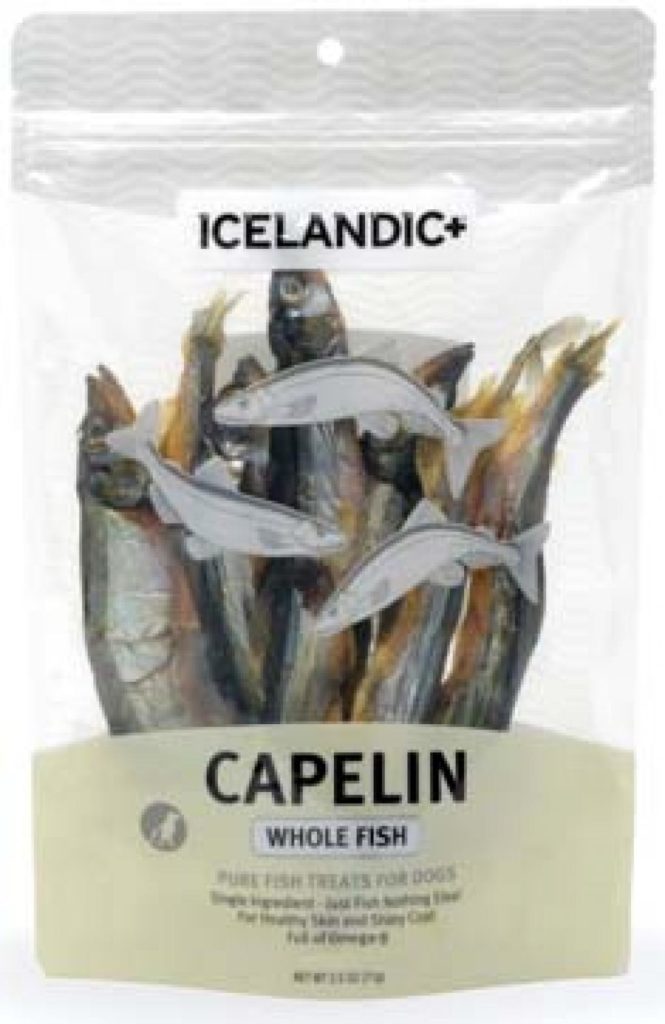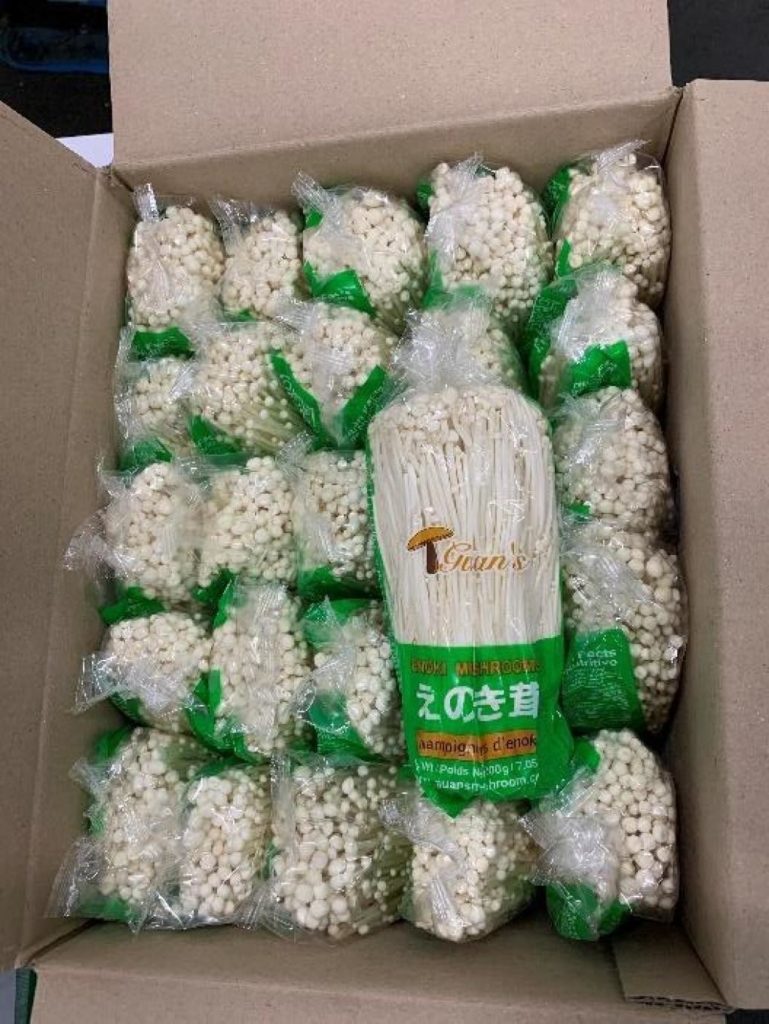The FDA Advises Restaurants in California to Stop Selling Koi Koi Trading doing business as (DBS) Min Jiang Food Store raw, ready-to-eat (RTE) salmon products due to Possible Listeria monocytogenes contamination. These recalled raw, RTE salmon products may be incorporated into sushi products for consumption. The Salmon fillets are first wrapped in green parchment paper and then in clear plastic wrap. Salmon heads and bones (per customer request) are placed in clear plastic bags. Bagged/wrapped salmon is then placed into a Styrofoam box labeled “J Foods.” These products are typically sold fresh and do not have a long shelf life, though they can be frozen to extend the shelf life. The FDA conducted environmental sampling and a routine facility inspection of Koi Koi Trading in March 2020. The FDA analyzed 98 environmental swabs, 49 of which tested positive for Listeria species. Three of these swabs were positive for L. monocytogenes. Of these three positives, one was from a food contact surface that was used for descaling and filleting RTE salmon. The two other positives were from areas near exposed RTE salmon. The FDA informed the company of the agency’s concerns, and the company has verbally indicated that it had ceased processing and been undertaking some corrective actions. @ https://www.fda.gov/food/alerts-advisories-safety-information/fda-advises-restaurants-california-stop-selling-min-jiang-food-store-inc-koi-koi-trading-salmon?utm_campaign=Alert_Min%20Jiang_03272020&utm_medium=email&utm_source=Eloqua
ruth
FDA Advises Restaurants in California to Stop Selling Koi Koi Trading Doing Business as Min Jiang Food Store dba Salmon Products
ruth
A new study from the University of Washington published in the Journal Global Change Biology (March 19, 2020, https://onlinelibrary.wiley.com/doi/abs/10.1111/gcb.15048), found a 283 fold increase from 1970 to 2015, in the presence of a worm that can be transmitted to humans who eat raw or undercooked seafood (Anisakis spp. or “herring worm). When people eat live herring worms, the parasite can invade the intestinal wall and cause symptoms that mimic food poisoning. In most cases, the worm dies after a few days, and the symptoms disappear because the worms can’t reproduce or live for more than a few days in a human’s intestine. However, they can persist and replicate in fish and other marine mammals. The worms reproduce in the guts of these animals and are released into the ocean via the marine mammals’ feces, then infecting more animals.
ruth
The FDA has determined that salt-cured, dried, or fermented un-eviscerated fish larger than 5 inches have been linked to outbreaks of botulism poisoning in humans between 1981 and 1987 and again in 1991. As a result, IcelandicPlus LLC of Ft. Washington, PA, recalled its Capelin Pet Treats because some of the fish have exceeded the FDA compliance guideline for fish larger than 5 inches. To date, there have been no reported illnesses of dogs, cats, or persons in connection with Capelin. Nor has there been any positive test result for Clostridium botulinum from any IcelandicPlus Capelin. This product would be found in Independent Pet Specialty Stores within all States in the United States. The company is changing its supplier to ensure that the products are consistently less than 5 inches, or if larger, they will be completely eviscerated. @ https://www.fda.gov/safety/recalls-market-withdrawals-safety-alerts/icelandicplus-llc-voluntarily-recalls-whole-capelin-fish-pet-treats-because-product-exceeds-fda-size?utm_campaign=IcelandicPlus%20LLC%20Voluntarily%20Recalls%20Whole%20Capelin%20Fish%20Pet%20Treats&utm_medium=email&utm_source=Eloqua
Out of an abundance of caution IcelandicPlus LLC of Ft. Washington, PA, is recalling its Capelin Pet Treats because some of the fish have exceeded the FDA compliance guideline for fish larger than 5 inches. The FDA has determined that salt-cured, dried, or fermented un-eviscerated fish larger than 5
ruth
The FDA announced on its website that Guan’s Mushroom Co of Commerce, CA recalled all cases of its 200g/7.05 ounce packages of Enoki Mushroom (Product of Korea) because it has the potential to be contaminated with Listeria monocytogenes. The recalled products were distributed from CA, NY, PA, in retail stores through produce distributors or wholesalers. No illnesses have been reported to date in connection with this problem. The potential for contamination was noted after routine testing by the State of California revealed the presence of Listeria monocytogenes in the 200g package of Enoki. The distribution of the product has been suspended.@ https://www.fda.gov/safety/recalls-market-withdrawals-safety-alerts/guans-mushroom-co-recalls-enoki-because-possible-health-risk?utm_campaign=Guan%E2%80%99s%20Mushroom%20Co%20Recalls%20Enoki%20Because%20of%20Possible%20Health%20Risk&utm_medium=email&utm_source=Eloqua
Guan’s Mushroom Co of Commerce, CA is recalling all cases of its 200g/7.05 ounce packages of Enoki Mushroom (Product of Korea) because it has the potential to be contaminated with Listeria monocytogenes, an organism which can cause serious and sometimes fatal infections in young children, frail



